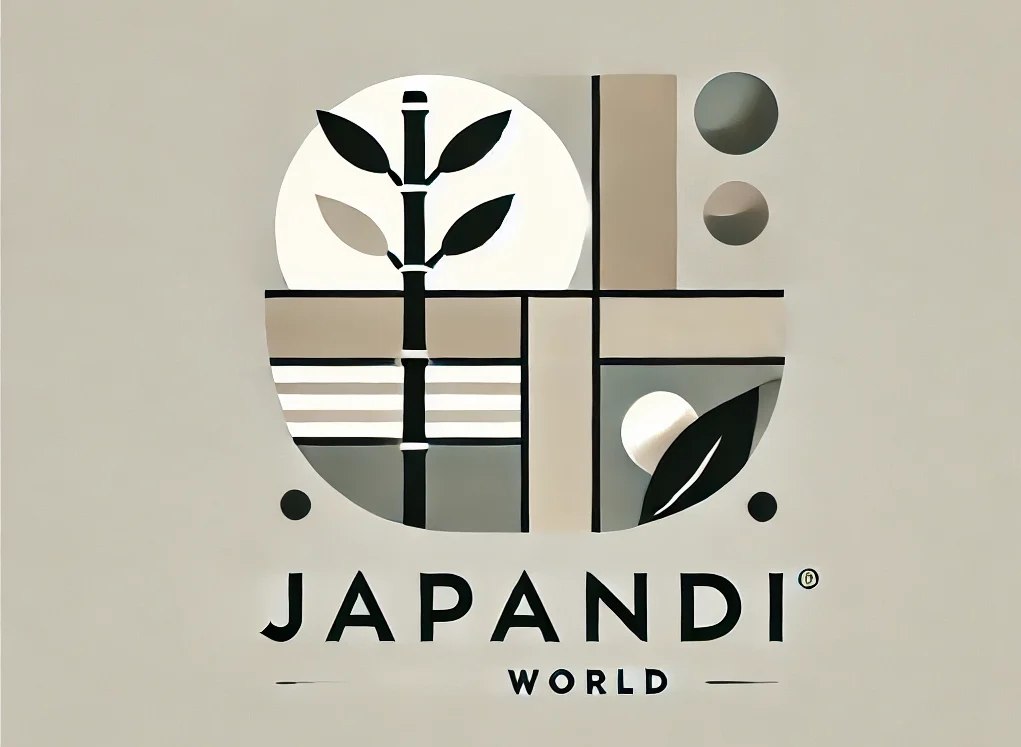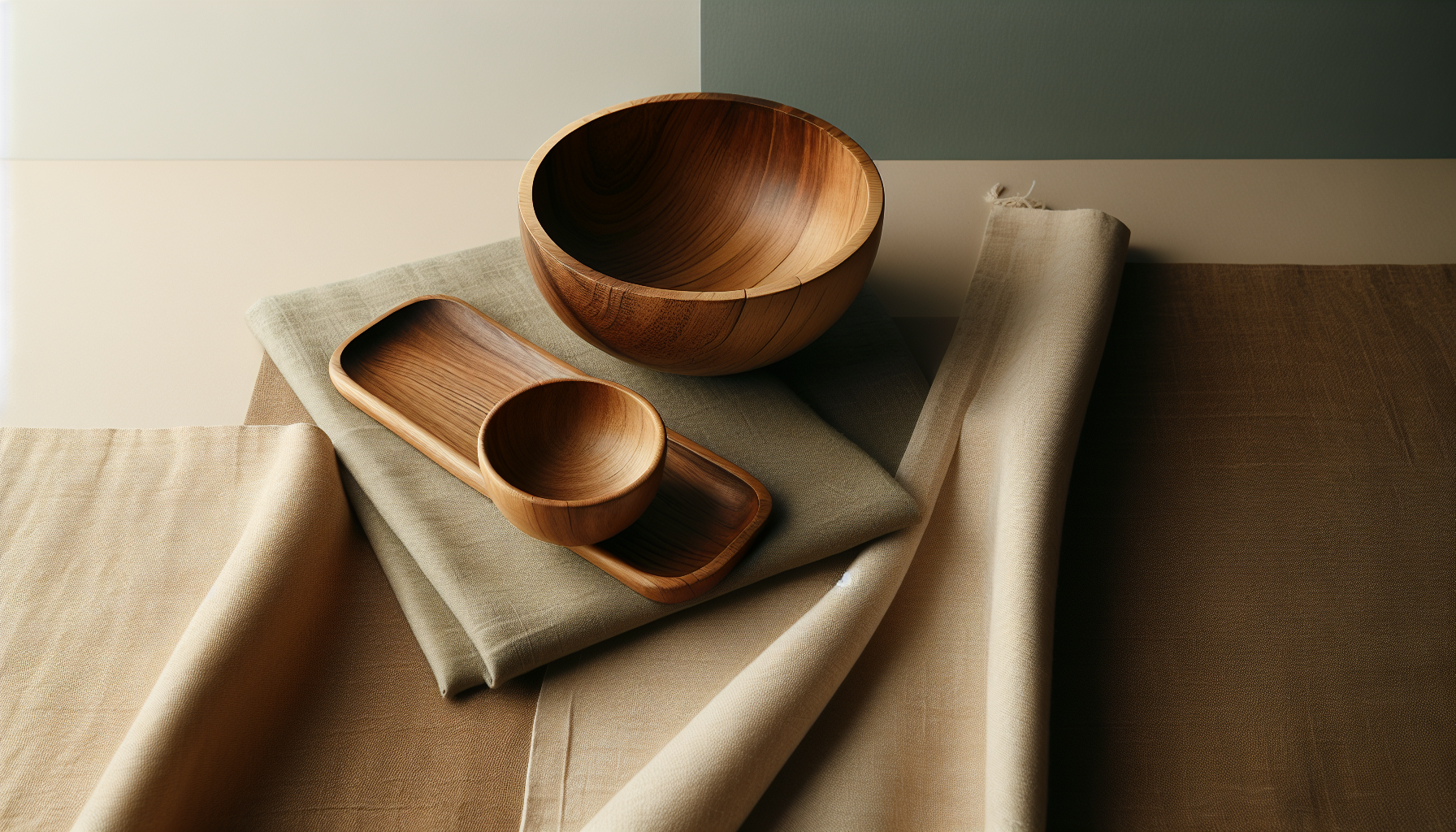Have you ever wondered how eco-certifications influence the materials used in your favorite design style, like Japandi? Understanding these certifications can help you make more informed choices when selecting eco-friendly materials for your home. Eco-certifications serve as a guiding light, ensuring that the materials you choose are sustainable and ethically sourced.
What is Japandi Style?
Japandi blends the simplicity of Japanese design with the warmth of Scandinavian decor. It emphasizes minimalism, natural elements, and an overall sense of tranquility. This style encourages the use of sustainable, clean-lined furniture and decor made from natural materials. Recognizing the importance of eco-certifications can elevate your Japandi aesthetic while also caring for the environment.
Why Eco-Certifications Matter
Eco-certifications are not merely labels; they represent a commitment to sustainable practices in material sourcing, production, and overall environmental stewardship. By leaning towards certified materials, you not only contribute to a healthier planet but also invest in quality, longevity, and style in your home. Understanding what these certifications mean can significantly enhance your Japandi-inspired living space.
Common Eco-Certifications You Should Know
Familiarizing yourself with various eco-certifications is crucial when selecting materials. Below are some of the most recognized certifications that you may come across.
FSC (Forest Stewardship Council)
FSC certification means that the wood and paper products you purchase come from responsibly managed forests. This certification ensures that the material is harvested in a way that is environmentally sound, socially beneficial, and economically viable.
Key Benefits:
- Sustainable forestry practices
- Preservation of biodiversity
- Support for local communities
GREENGUARD Certification
Designed to meet strict chemical emissions limits, GREENGUARD certification is vital for indoor materials, including furniture and paints. Products with this certification contribute to cleaner indoor air quality.
Key Benefits:
- Low chemical emissions
- Improved indoor air quality
- Applicable to a range of products
OEKO-TEX® Standard 100
This certification checks textiles for harmful substances, ensuring they are safe for human use. Whether it’s curtains, cushions, or bed linens used in your Japandi aesthetic, this certification assures that these textiles are free from toxic chemicals.
Key Benefits:
- Safety for humans and the environment
- Rigorous testing for harmful substances
- Assures quality in textiles
LEED (Leadership in Energy and Environmental Design)
While LEED is primarily associated with buildings, knowing its principles can inform your choices when selecting materials for your home. LEED certification focuses on energy efficiency and sustainable building practices.
Key Benefits:
- Encourages sustainable design
- Recognition for green building
- Focus on energy and resource efficiency
Energy Star
Energy Star certification indicates that products, such as appliances and lighting, meet energy efficiency guidelines set by the U.S. Environmental Protection Agency. Choosing Energy Star products can reduce your overall energy consumption.
Key Benefits:
- Reduced energy consumption and costs
- Lower environmental impact
- Long-lasting performance
Where to Find Eco-Certified Japandi Materials
Now that you are more familiar with key certifications, the next step is knowing where to find these certified materials for your Japandi-inspired home. Here are some reliable sources:
Sustainable Furniture Stores
Many furniture retailers specialize in sustainable designs that carry eco-certifications. Look for stores that specifically highlight their eco-friendly practices or offer certified options.
Tip: Research online reviews and product descriptions to ensure they meet eco-certification standards.
Local Artisans
Supporting local artisans can be an excellent way to obtain unique pieces that align with the Japandi style while also ensuring sustainable practices. Many local craftspeople prioritize responsible sourcing and quality craftsmanship.
Tip: Ask artisans about their material sources and if they hold any eco-certifications.
Online Marketplaces
Several online platforms focus specifically on eco-friendly products and materials. Websites like Etsy and specialized green marketplaces often feature sellers that provide detailed descriptions of their materials, including certifications.
Tip: Look for seller badges or specific mention of certifications in product listings for peace of mind.
Understanding Certifications by Material Type
Different materials will have various certifications relevant to their sustainability. Let’s break it down by common materials often found in a Japandi interior.
Wood
For wood materials, FSC certification is paramount. It guarantees that the wood is responsibly sourced, helping you maintain the eco-friendly ethos of your Japandi design while ensuring the materials you choose are sustainable.
| Certification | Description |
|---|---|
| FSC | Responsible forestry practices |
| SFI | Sustainable Forestry Initiative for wood products |
Textiles
For textiles, OEKO-TEX® certification is essential. It ensures that your wallpapers, linens, and upholstery are free from harmful chemicals, making them safe for both you and the planet.
| Certification | Description |
|---|---|
| OEKO-TEX | Textiles free from harmful substances |
| GOTS | Global Organic Textile Standard for organic textiles |
Paints and Finishes
When selecting paints, look for GREENGUARD or VOC-free (Volatile Organic Compounds) products. These certifications help maintain good indoor air quality and ensure that you’re making environmentally responsible choices.
| Certification | Description |
|---|---|
| GREENGUARD | Low chemical emissions |
| VOC-free | No harmful volatile organic compounds |
Noteworthy Brands in Japandi Eco-Certified Materials
There are a variety of brands and manufacturers that prioritize sustainability and offer eco-certifications for their products. Here are some noteworthy ones to consider:
Muji
Muji embodies the Japandi philosophy of simplicity and function. They offer a range of eco-friendly products, including furniture and home accessories, often made from sustainable materials.
West Elm
West Elm focuses on sustainability and fair trade. Their commitment to using recycled and ethically sourced materials has been recognized with various eco-certifications, making them a reliable choice for your Japandi home.
IKEA
IKEA has made significant strides in sustainability and eco-certification. With a focus on responsible sourcing, their materials often carry relevant certifications like FSC, making them accessible for those embracing the Japandi style.
The Importance of Consumer Awareness
Arming yourself with knowledge about eco-certifications empowers you as a consumer. By understanding the significance of these certifications, you are better equipped to make choices that align with your values and aesthetics. As you create your Japandi sanctuary, consider the environmental impact of each purchase and how it aligns with your vision of a sustainable home.
How to Research
When you’re in the market for eco-certified products, do thorough research. Look up brands, read reviews, and delve into their sustainability practices. Direct communication with manufacturers can clarify which certifications are valid and relevant to their products.
The Future of Sustainable Materials in Japandi Design
There is a growing shift towards sustainability in design. As eco-consciousness becomes mainstream, you can expect to see even more innovations in sustainable materials widely available. This shift strengthens the bond between your design choices and your eco-values, fostering a home environment that reflects both style and integrity.
Trends to Look Forward To
Innovation in biomaterials, upcycled and recycled products, and transparency in material sourcing are on the rise. Monitoring market trends can provide fresh ideas that align beautifully with your Japandi aesthetic while prioritizing sustainability.
Tips for Incorporating Eco-Certified Materials into Your Home
Now that you understand the importance of eco-certifications and know where to find certified materials, here are some practical tips to integrate them into your Japandi space.
-
Choose Multi-Functional Furniture: Select furniture pieces that serve multiple purposes, maximize space, and align with sustainable materials. For example, a sustainably sourced coffee table with storage can keep your space uncluttered.
-
Focus on Texture: Japandi style emphasizes warm textures. Incorporate certified natural textiles like linen or organic cotton that provide comfort while being environmentally friendly.
-
Layer with Natural Elements: Use plants and organic materials like bamboo or cork to add depth and warmth. These elements often come with certifications promoting sustainable practices.
-
Invest in Quality: Prioritize quality over quantity. Eco-certified products may cost more upfront but will likely last longer, aligning with the sustainable philosophy of Japandi design.
-
Stay Informed: Keep learning about new certifications, brands, and materials. Sustainable design is constantly evolving, and staying up-to-date will help you make the best choices for your home.
Final Thoughts
Adopting eco-certifications for your Japandi materials not only enhances your living space’s beauty but also contributes to a more sustainable future. The choices you make today can significantly impact the world around you. By selecting certified materials, you can curate a soothing environment that reflects your values and style. Remember, each piece you choose holds a story—one that holds the potential to inspire others towards a more sustainable way of living.

